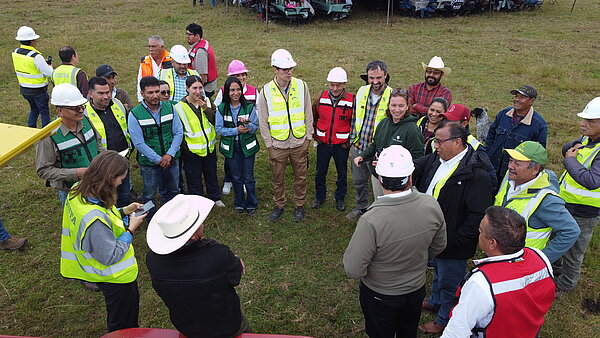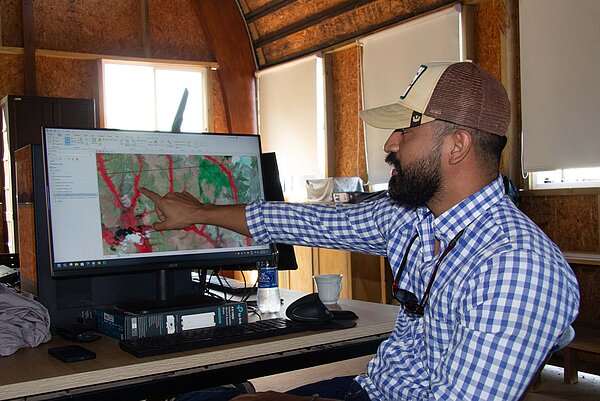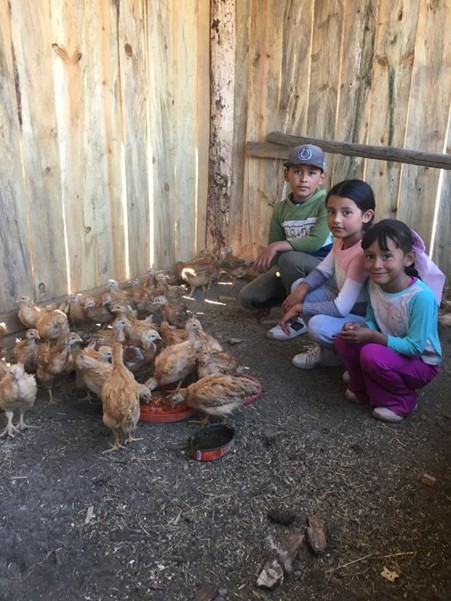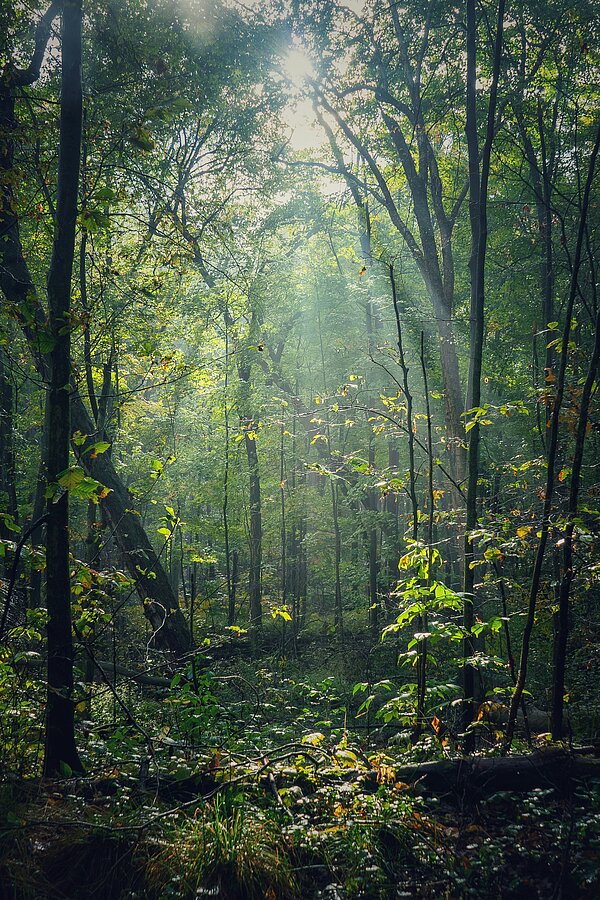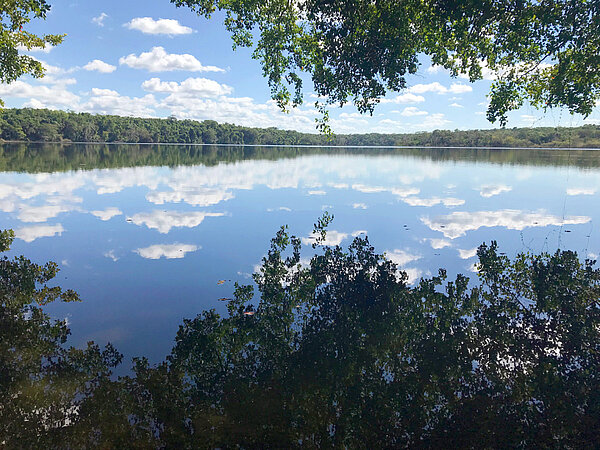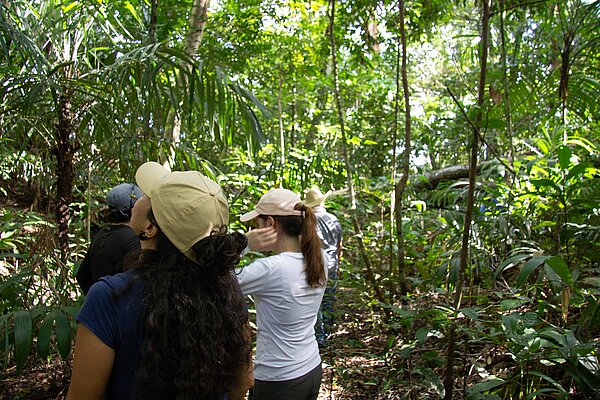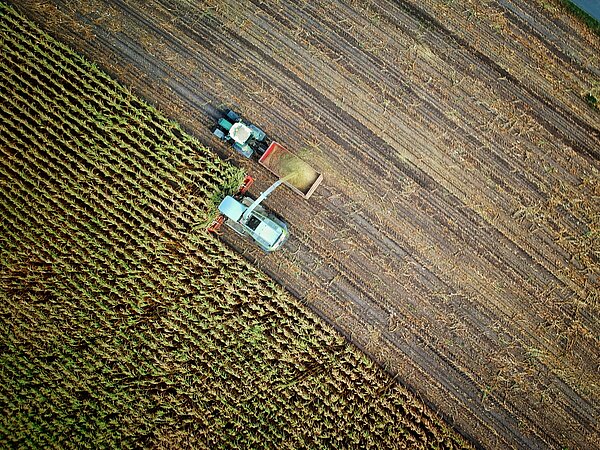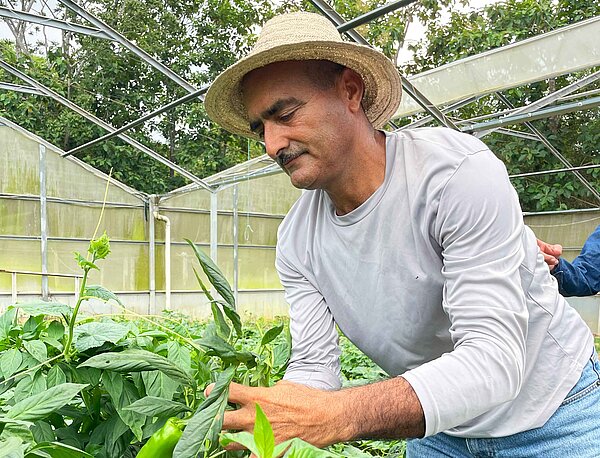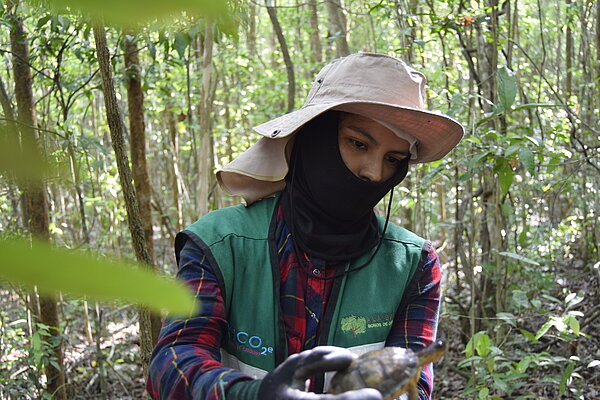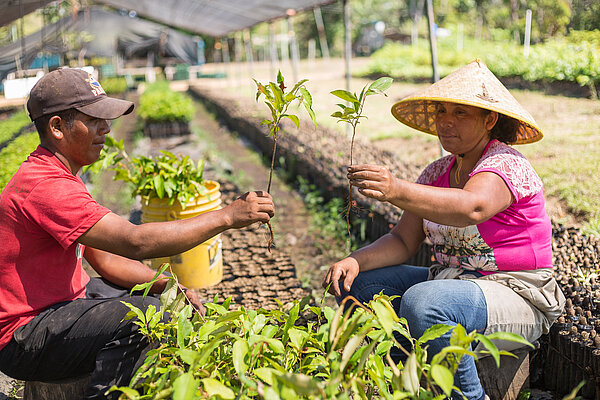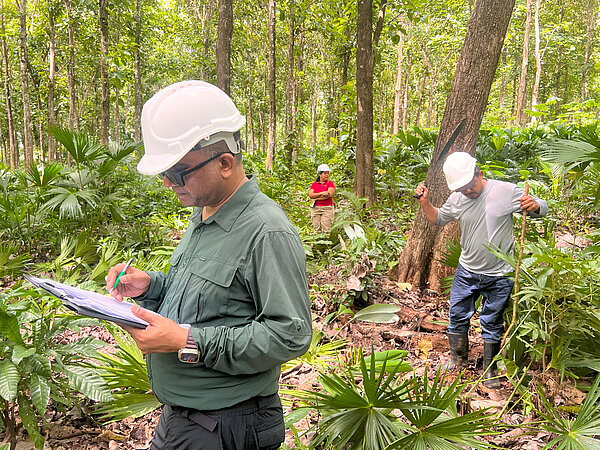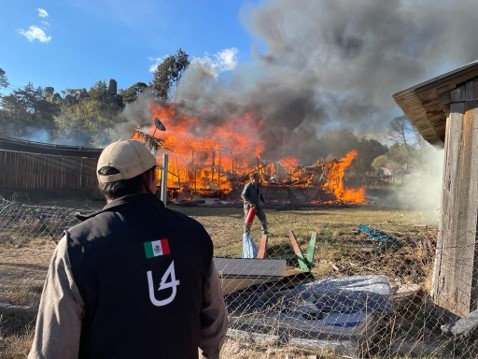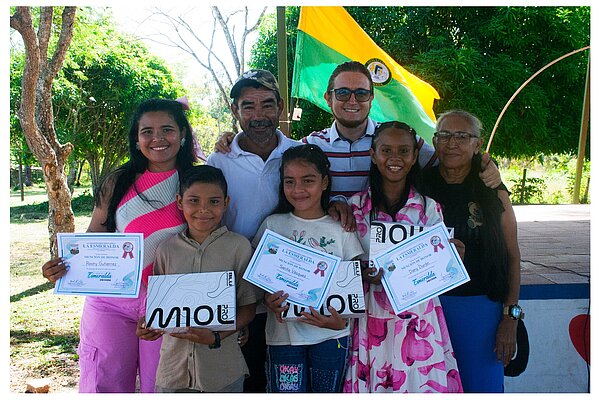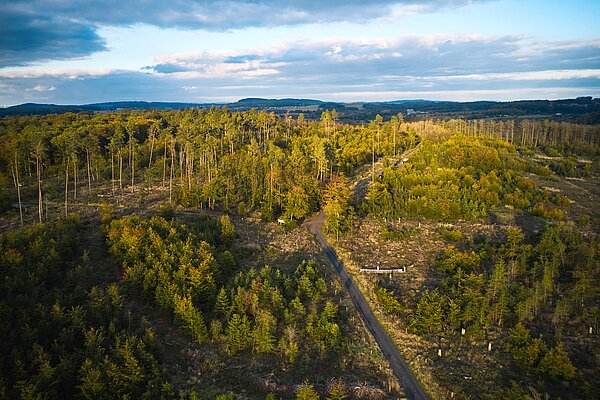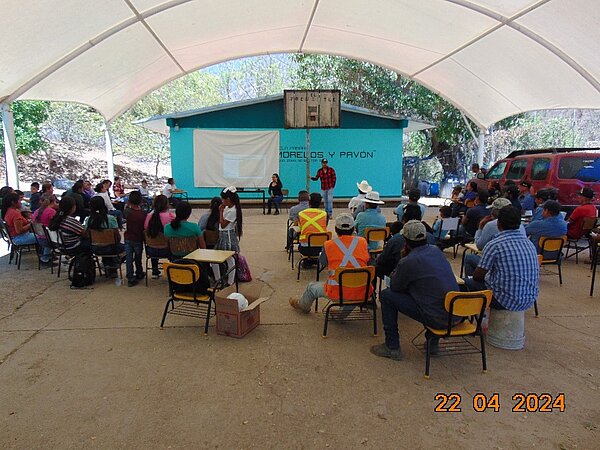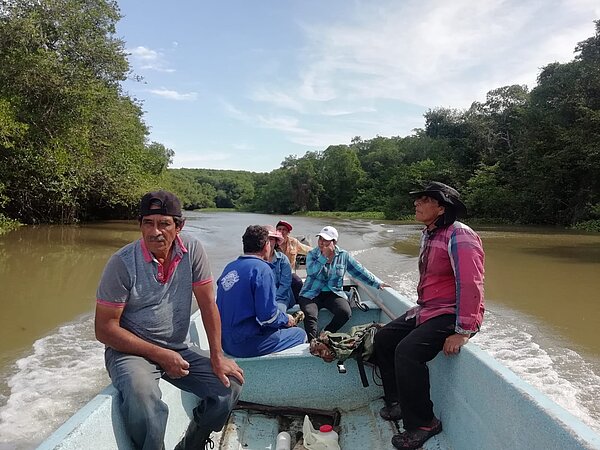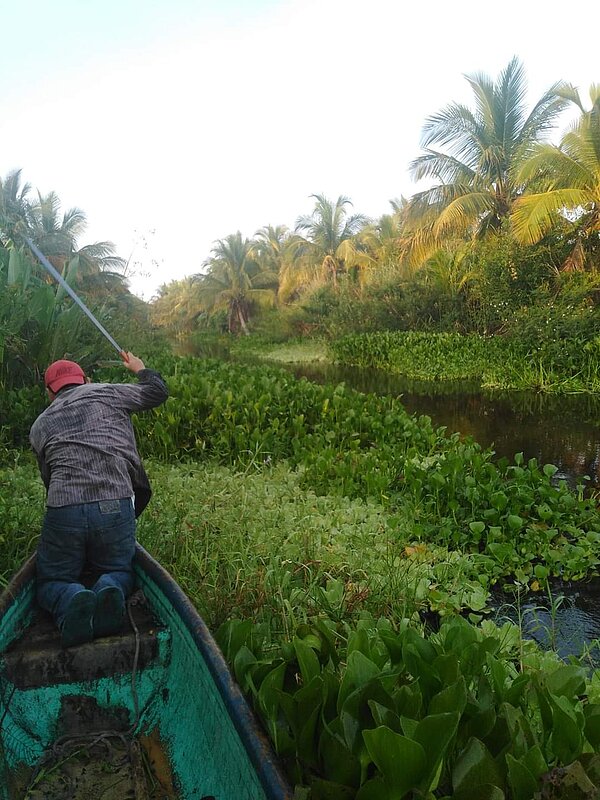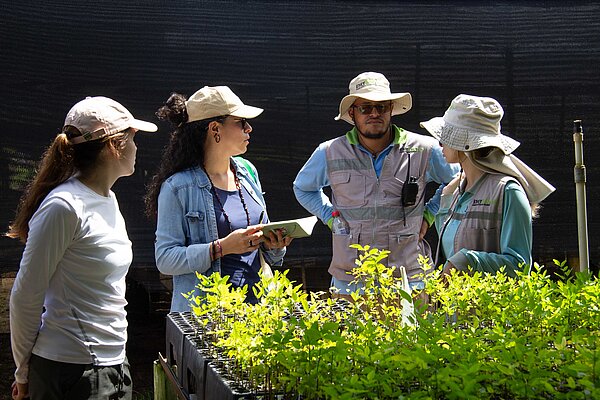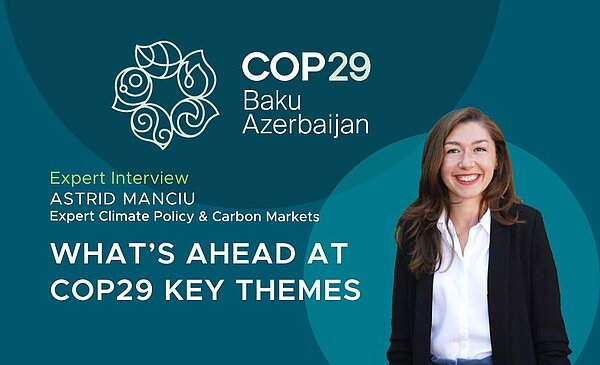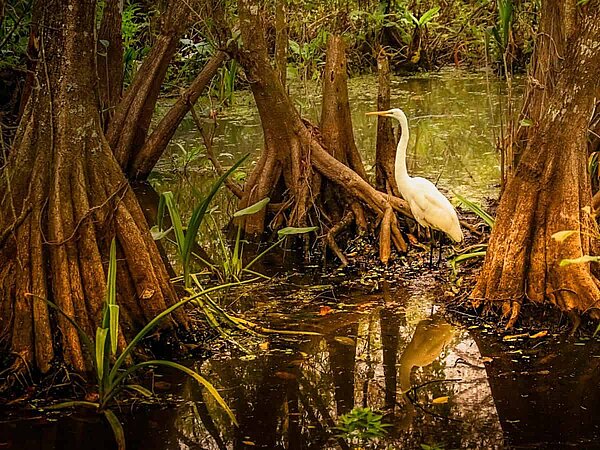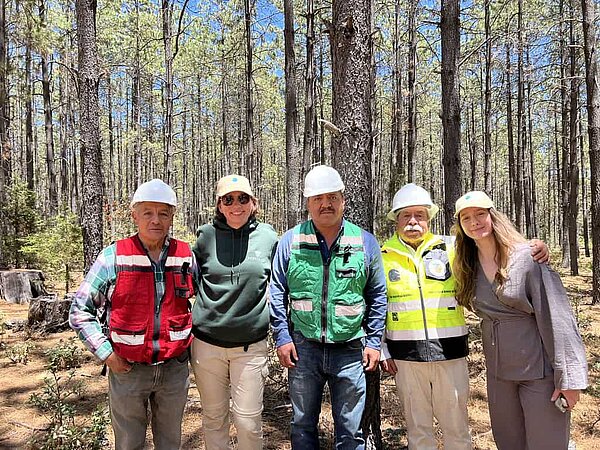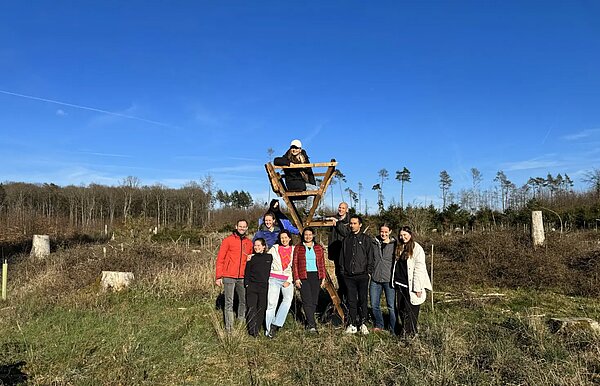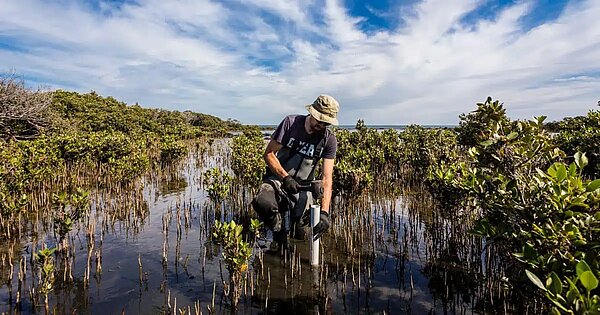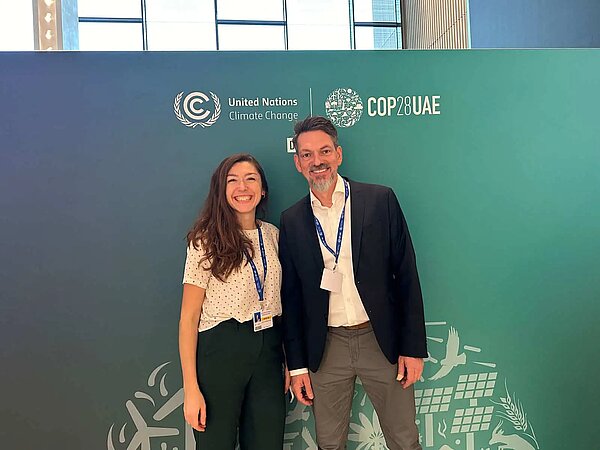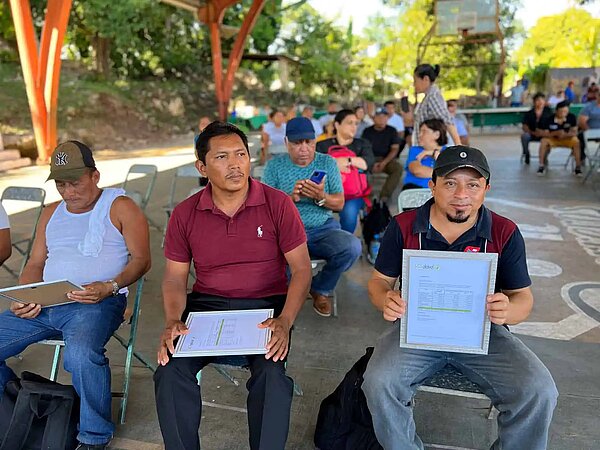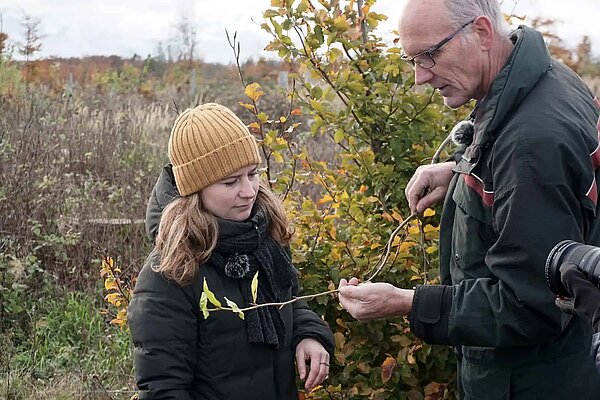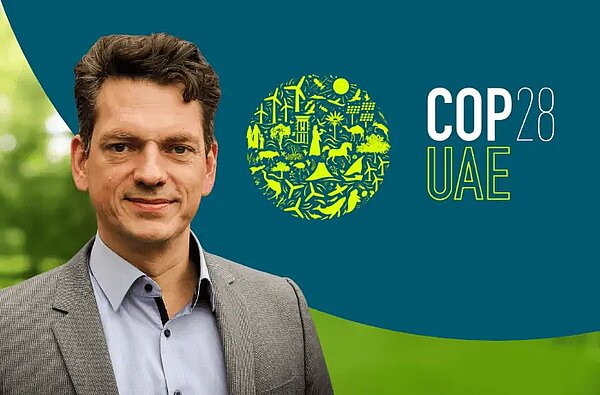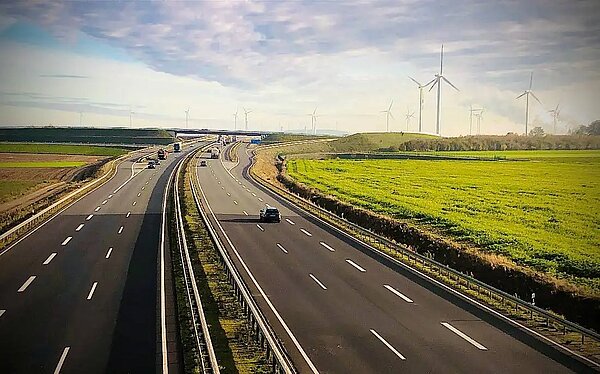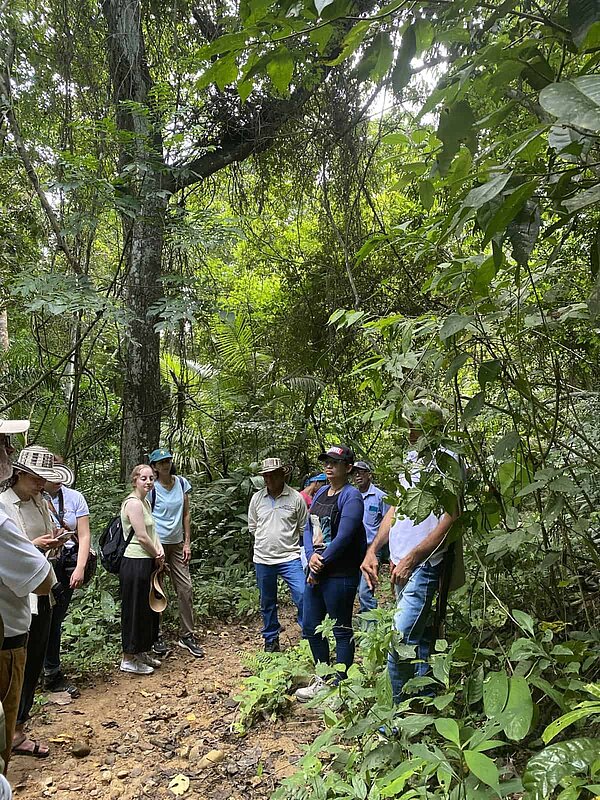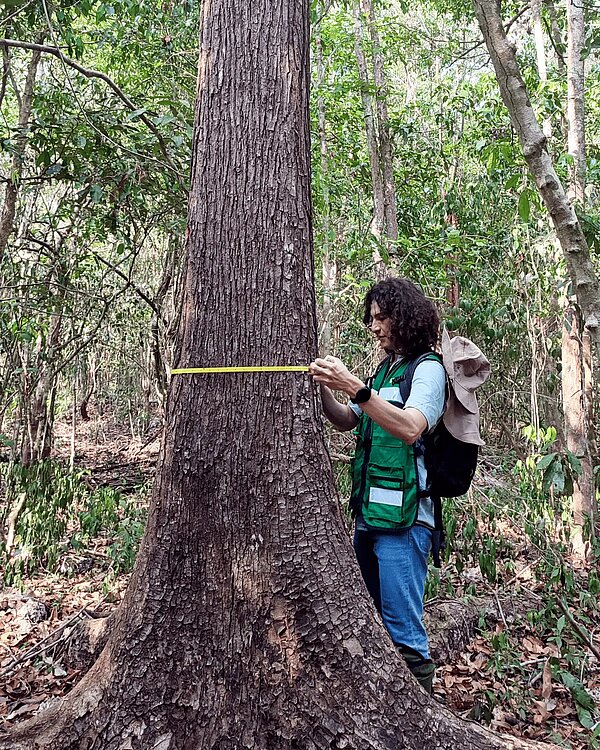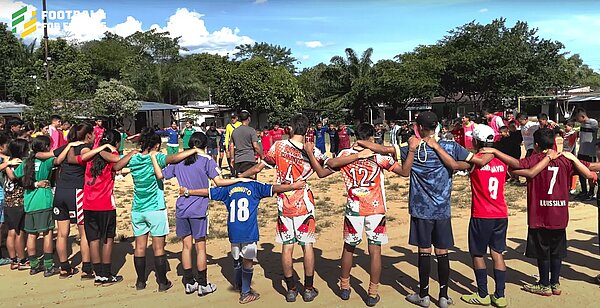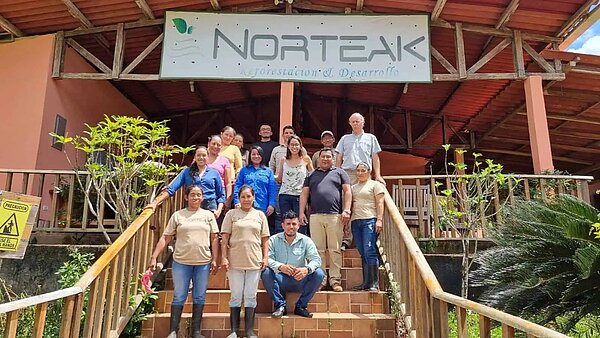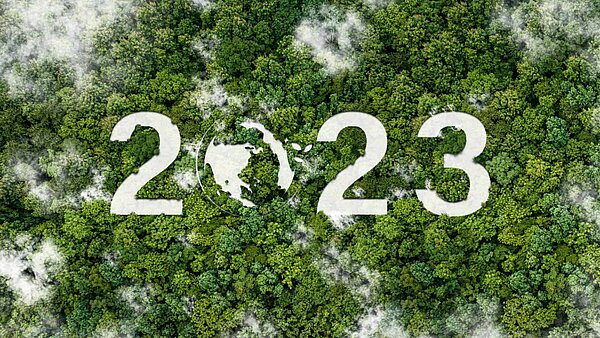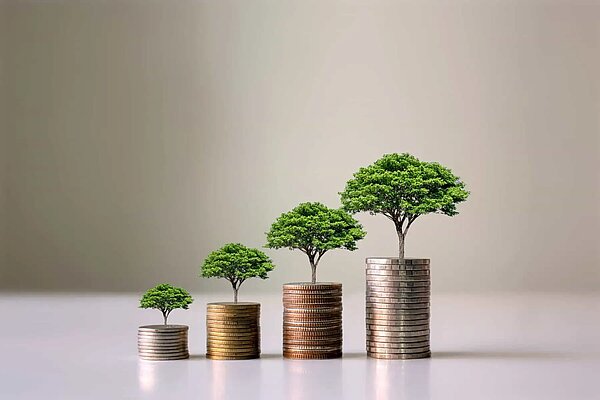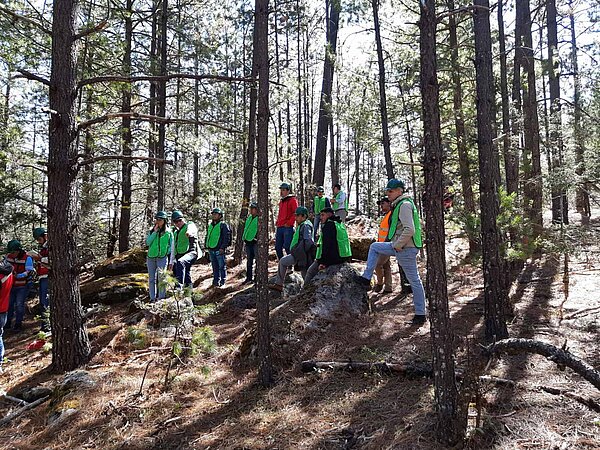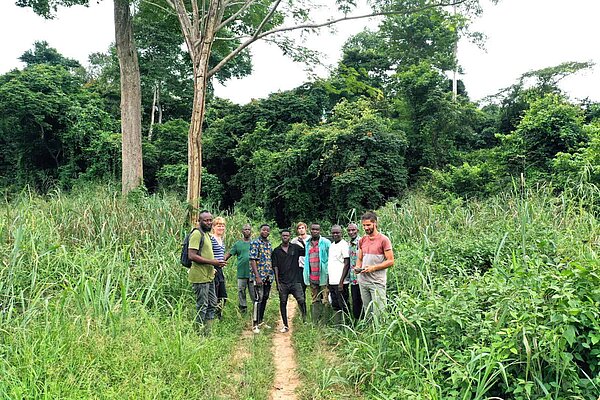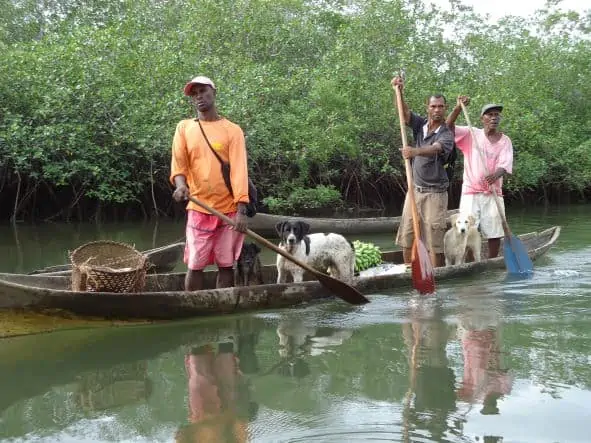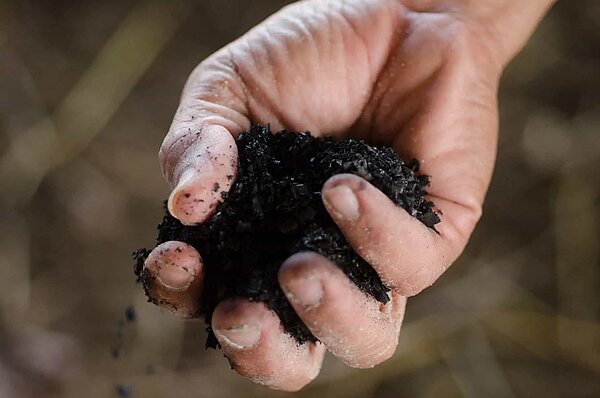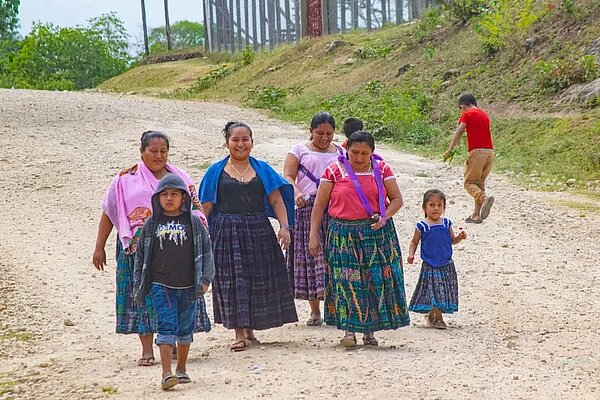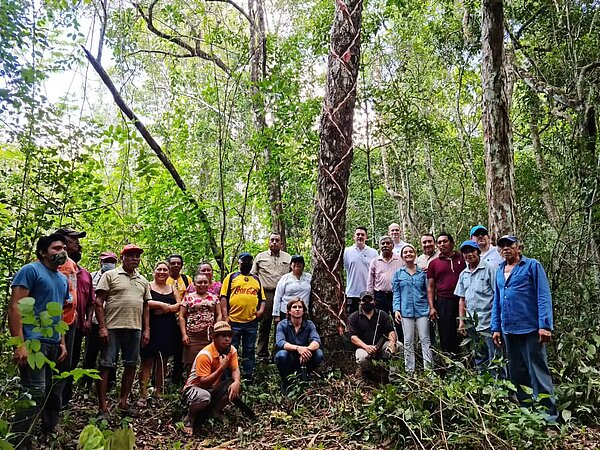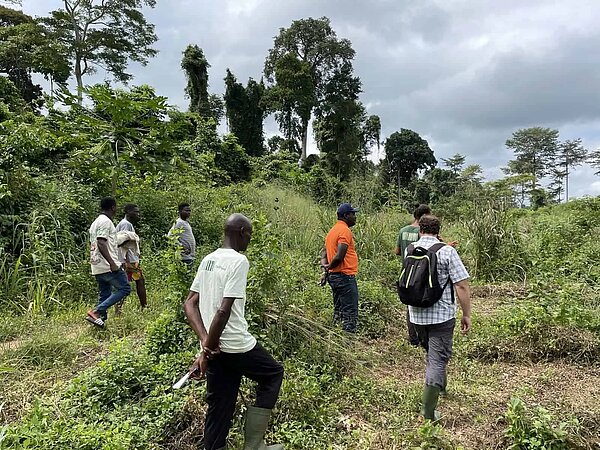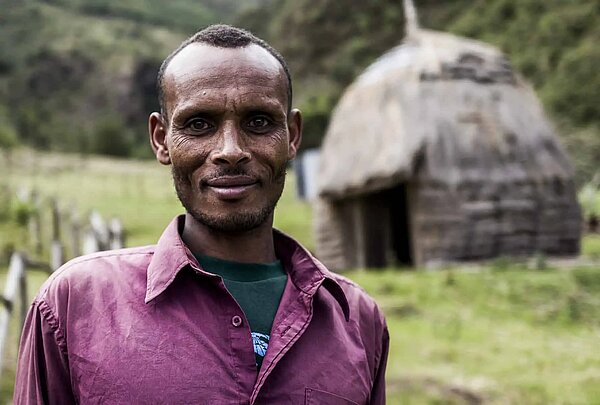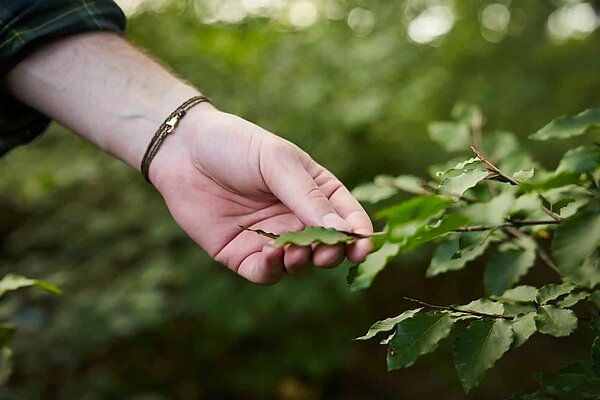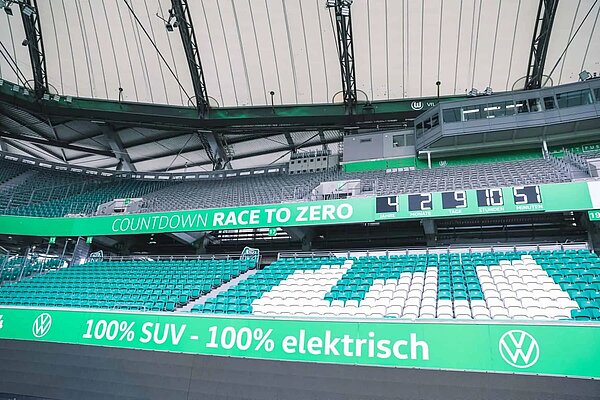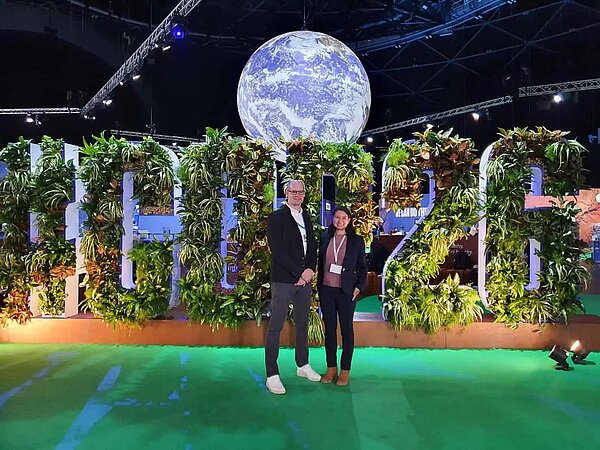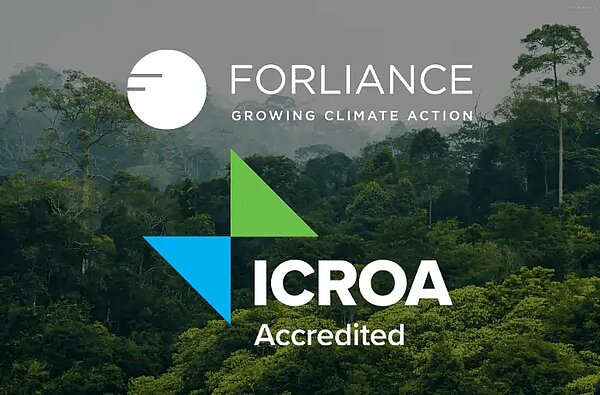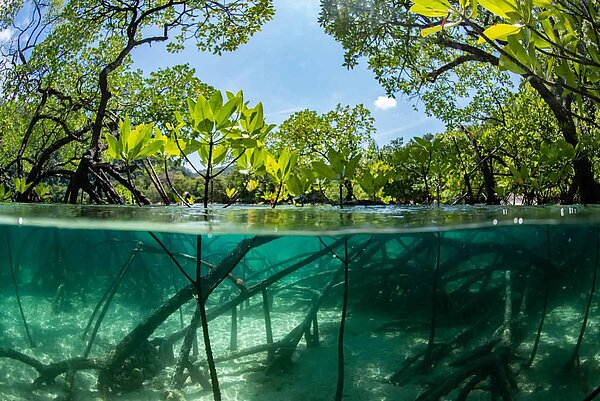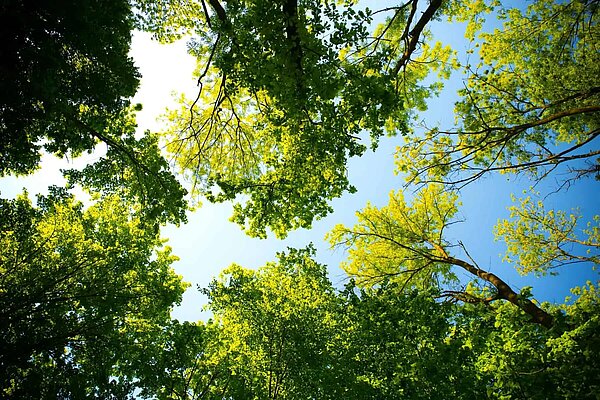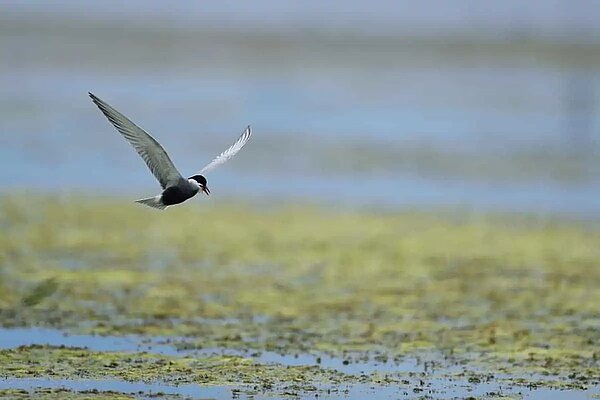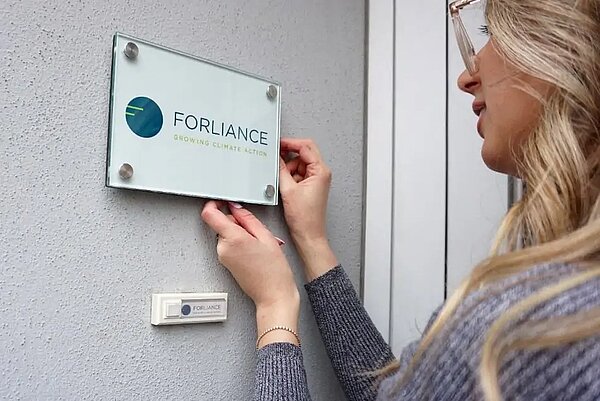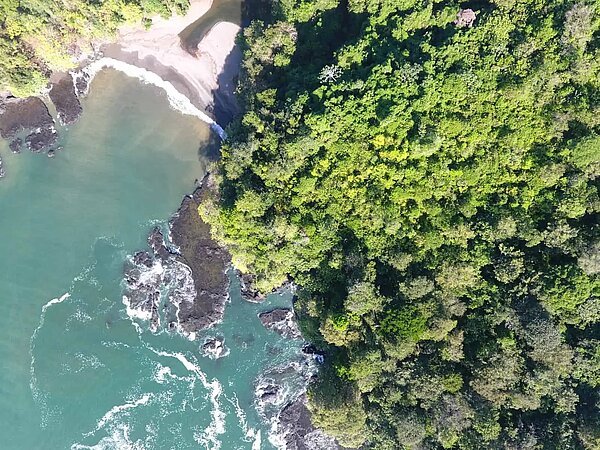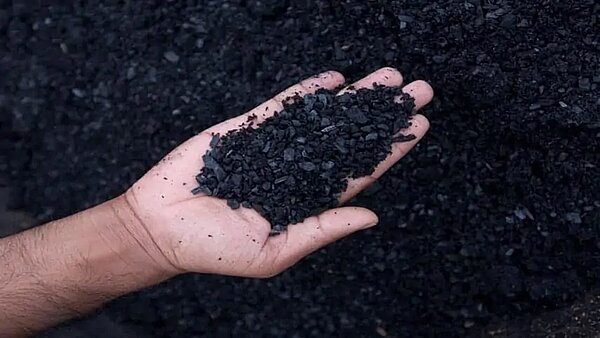How a Mexican Community Revived Its Mangroves
March 28, 2025
Project Updates
In the heart of Tabasco, Mexico, a community once faced with environmental degradation is now setting an example for climate action and ecosystem restoration. The Mangrove Restoration Mexico project is more than a conservation effort — it’s the result of decades of determination, shaped by the lived experience of local people who refused to give up on their land.
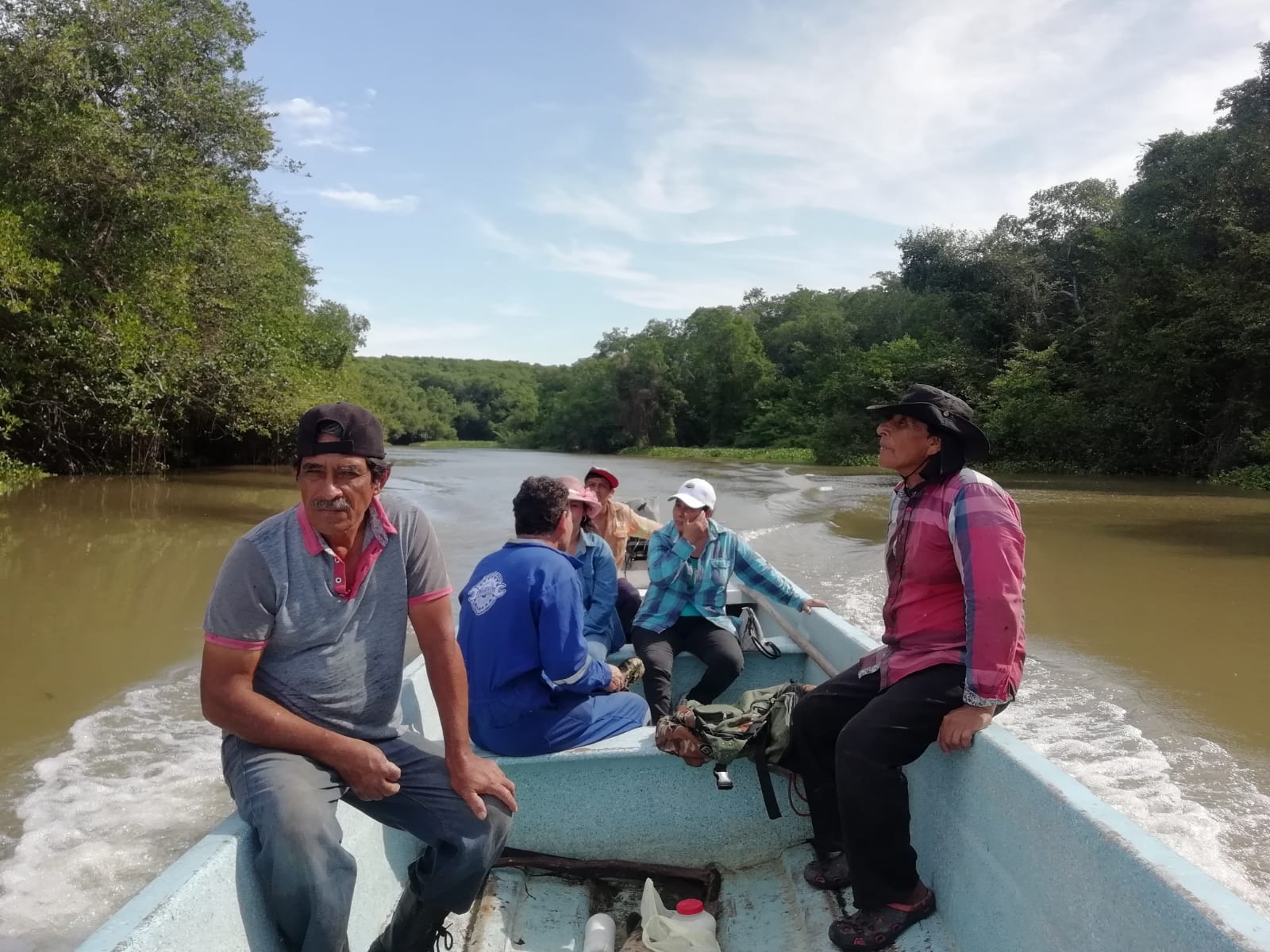
A Legacy Tied to the Land
The story begins in 1975, when the Ejido Úrsulo Galván was officially established. Located in the municipality of Jalpa de Méndez, the ejido received over 1,500 hectares of wetlands and coastal land from the Mexican state. This area would later expand to nearly 3,000 hectares, shared among 52 ejidatarios — local landowners committed to collectively managing and caring for their environment.
For years, the mangrove ecosystems thrived. But in the mid-1990s, their balance was disrupted. State oil company Pemex built pipelines, roads, and dams across the region, interrupting natural water flows. This caused drought in some areas, flooding in others — and the death of over 27 hectares of mangrove forest. What had once been a vibrant ecosystem began to collapse.
Fighting Back Against Environmental Collapse
Rather than turning away from the damage, the community responded with action. The ejidatarios began raising awareness about the effects of fire, implementing small-scale restoration measures, and advocating for support. In the early 2000s, they received initial funding and technical assistance from the National Forestry Commission (Conafor) and the Secretariat of Environment and Natural Resources (Semarnat).
The restoration process was slow and difficult. It would take nearly two decades before further compensation and reforestation support began to flow. But the community never gave up. Over time, they reintroduced red mangrove (Rhizophora mangle), white mangrove (Laguncularia racemosa), and black mangrove (Avicennia germinans) to degraded plots and lagoons.

© Ejido Úrsulo Galván
Recognition for a Community-Led Climate Solution
The dedication of Ejido Úrsulo Galván has received national and international recognition. In 2016, the community was awarded the José Narciso Rovirosa State Ecology Award. In 2021, they received the National Forestry Merit Award from Conafor for improving biodiversity and helping bring back species once thought to be extinct in the region.
In 2020, the United Nations recognized the ejido’s restoration model as a Nature-Based Action that Promotes Sustainable Development, underscoring its global relevance in the fight against climate change.
Scaling the Impact: The Mangrove Restoration Mexico Project
Building on this foundation, the Mangrove Restoration Mexico project was launched as a collaborative effort between Ejido Úrsulo Galván, technical partner Ala-Bool SA de CV, and climate solutions provider FORLIANCE. Together, they are restoring and managing 930 hectares of mangrove forest through science-based interventions and community-led governance.
The project is certified under the Climate Action Reserve (CAR), a globally recognized carbon standard. Restoration activities include phytosanitary clearance, fire prevention canal maintenance, and the protection of biodiversity-rich wetland habitats.

© Ejido Úrsulo Galván
A Model for Climate, Biodiversity, and Community Impact
The project delivers measurable climate mitigation through blue carbon sequestration and the long-term protection of vital mangrove ecosystems. At the same time, it generates significant socioeconomic benefits for the local community:
- Creation of stable employment and capacity building
- Strengthening of the local economy
- Protection of coastal zones from erosion and extreme weather
- Restoration of essential habitats for marine and bird species
By centering local knowledge, collective action, and high environmental standards, the Mangrove Restoration Mexico project shows what community-based climate solutions can achieve — for nature, people, and the planet.
